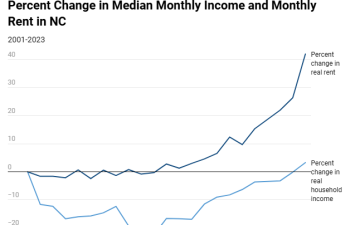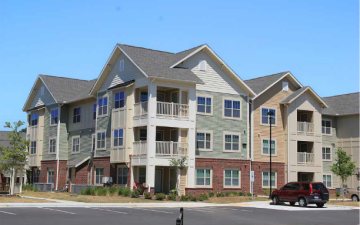Since 2011, the Center for Galapagos Studies (CGS) has marshalled the University of North Carolina at Chapel Hill’s research strengths to address the complex human and environmental pressures in the Galapagos archipelago, a UNESCO World Heritage Site and birthplace of evolutionary science.
The archipelago’s growing local population and burgeoning tourism trade have created ongoing tensions between resource conservation efforts and economic development. In 2007, the Galapagos Islands were labeled “at risk” by the United Nations from threats associated with population growth.
UNC and their partners at the Universidad San Francisco de Quito (USFQ) work on a series of studies to address the social and ecological stability of the Galapagos Islands.
In 2013, Ron Rindfuss, the Robert Paul Ziff Distinguished Research Professor of Sociology at the University of North Carolina at Chapel Hill, asked Carolina Demography to develop population projections to better understand the potential impacts of tourism on the Galapagos Islands, as well as the long-term sustainability of tourism development.
After conducting a literature review, we acquired and cleaned demographic and tourism-related data. We then created six population projections based on different growth models that took historic trends, state government goals, and potential development strategies into account.
The results were presented to the President of the Galapagos Islands, other members of the state government, and members of the Galapagos National Park and Ministry of Tourism during a presentation on the potential impacts of tourism on long-term population growth and sustainability in the Galapagos Islands.
“Everybody was really happy with the results and my feeling is that they will want more of this type of study,” said a collaborator on the project.
Center for Galapagos Studies
To develop six population projections to better understand the potential impacts of tourism

This blog post expands on a previous blog post that examined housing cost burden across NC by focusing on the disparities between housing cost burden for homeowners and renters. In North Carolina, 66.8% of occupied housing units are owner-occupied, while…

In recent years, housing has become a hot-button issue both nationwide and in our state, as many people struggle to find secure, affordable housing options. David Rouse, Ben Hitchings, and Anita Brown-Graham of the UNC School of Government’s ncIMPACT Initiative…

In recognition of Veterans Day, Tuesday, November 11th, we are providing some statistics about North Carolina’s veteran population. The most current version was published on November 12th, 2025, with information from 2023 and 2024. Please note that the county veterans…
Your support is critical to our mission of measuring, understanding, and predicting population change and its impact. Donate to Carolina Demography today.